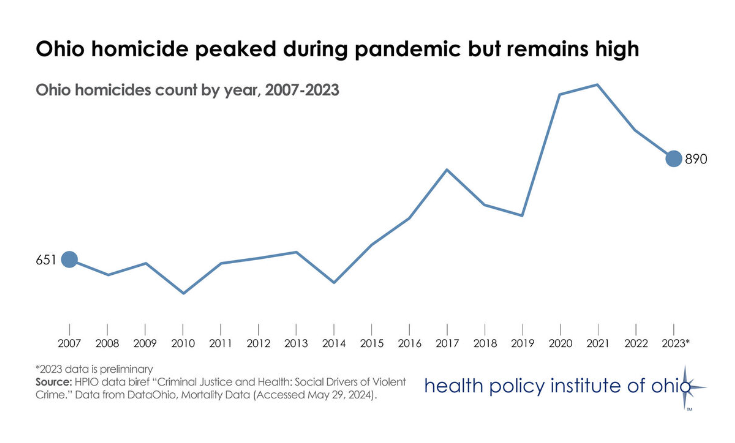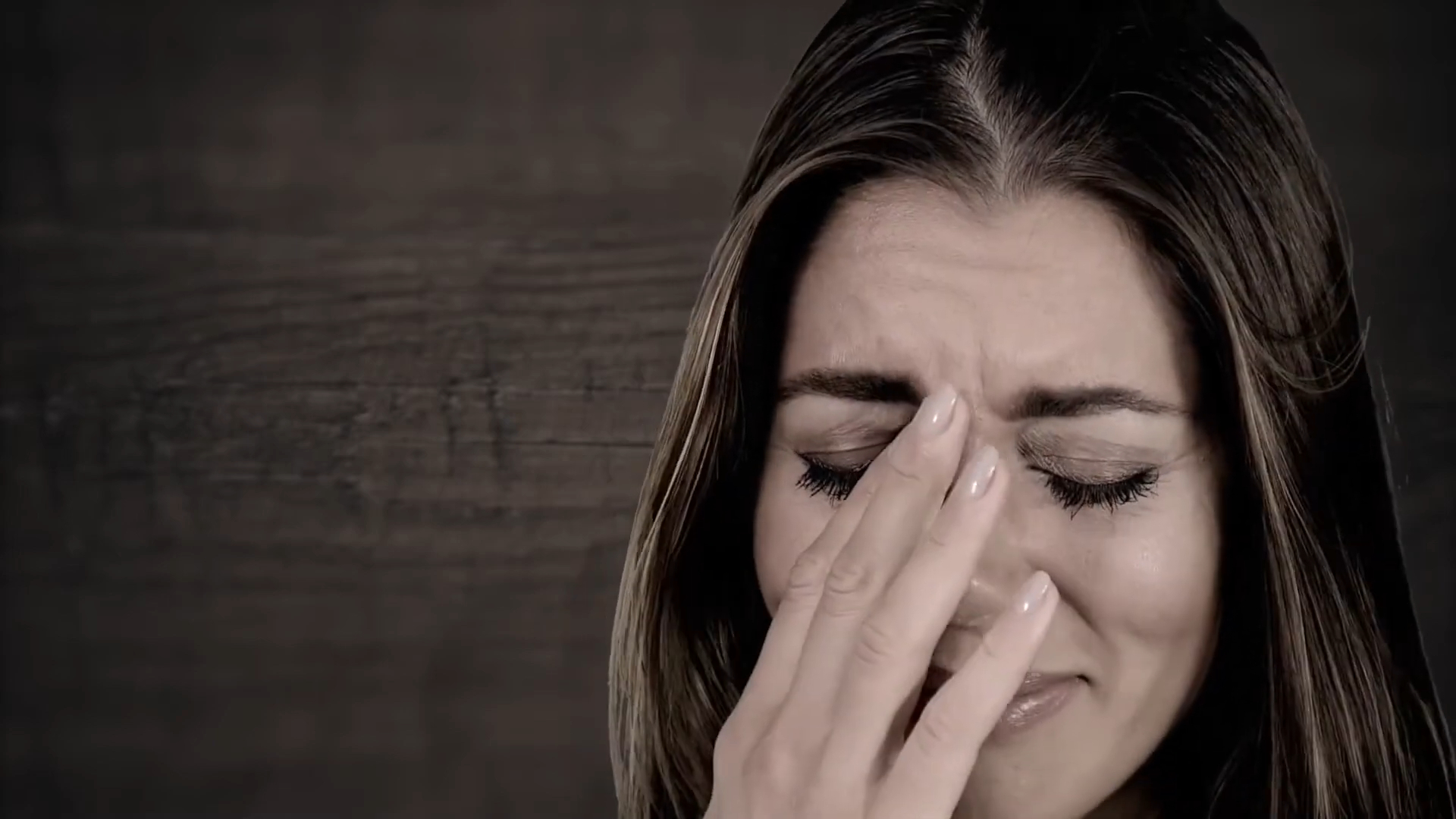Public health in Ohio has multiple problems, one of which is suicide. In the past decade, there has been a large increase in the suicide rate. Immediate reaction is necessary. One of them is writing this article. We will deal with the latest statistics, demography, Ohio Suicide Trends, and geography…
We will sort out the methods of suicide, and we will also talk about the prevention of this problem.
Overall Suicide Rates
Ohio’s suicide rate has steadily increased over the past decade. As of 2021, the state reported 15 deaths per 100,000 population, slightly above the national average of 14.5 deaths per 100,000.
This equates to approximately five suicides every day in Ohio. The consistent rise in these numbers reflects broader national trends but also highlights specific regional and demographic challenges within the state.
In addition to the overall rate, it’s essential to recognize the daily impact of these statistics. Each suicide represents a personal tragedy, affecting families, friends, and communities. The growing numbers underscore the need for robust public health interventions and a deeper understanding of the factors driving this increase.
Demographic Variations
The rise in suicide rates in Ohio affects different demographic groups in distinct ways:
| Category | Details |
|---|---|
| Gender | Males account for nearly 80% of suicide deaths in Ohio. |
| The suicide rate among females is increasing more rapidly. | |
| Targeted prevention efforts for men are crucial, focusing on reducing access to lethal means and promoting mental health resources tailored to male populations. | |
| Race and Ethnicity | White non-Hispanic Ohioans have the highest suicide rates. |
| Suicide deaths among Hispanic Ohioans have increased by 171% over the past 15 years. | |
| Suicide deaths among Black Ohioans have increased by 83% over the past 15 years. | |
| Age Groups | Adults aged 25-64 have the highest suicide rates. |
| Youth suicides (ages 10-24) have risen by 28% from 2011 to 2020. | |
| Notable monthly fluctuations in youth suicide rates. |
This data highlights the importance of addressing mental health issues across all age groups, with particular attention to middle-aged adults and young people.
Geographic Disparities
Suicide rates in Ohio vary significantly by county, with higher rates often found in Appalachian and rural counties. For instance, Vinton County has the highest rate at 29.4 per 100,000, compared to Holmes County’s 4.2 per 100,000. Gallia County also reports one of the highest suicide death rates at 26.8 per 100,000 population, followed closely by Paulding and Jackson Counties.These geographic disparities suggest that local factors, such as economic conditions, availability of mental health services, and community support systems, play a significant role in suicide rates. Rural areas, in particular, may face unique challenges, including limited access to mental health care and higher levels of social isolation.
Methods of Suicide
- Firearms are the most common method of suicide in Ohio, accounting for more deaths than all other methods combined.
- Suicides involving firearms have increased by nearly 60% from 2007 to 2022.
- The prevalence of firearm-related suicides underscores the importance of addressing gun safety and reducing access to lethal means as critical components of suicide prevention strategies.
- Other methods of suicide include suffocation and poisoning, though these are less prevalent than firearm-related suicides.
- Understanding the methods used can help tailor prevention efforts, such as safety planning and access control, to the specific risks faced by different populations.
In Ohio, firearms are the most common method of suicide, accounting for more deaths than all other methods combined. Suicides involving firearms have increased by nearly 60% from 2007 to 2022. This highlights the need for addressing gun safety and reducing access to lethal means as critical components of suicide prevention strategies.
Other methods of suicide include suffocation and poisoning, but these are less common than firearm-related suicides. Understanding the methods used can help tailor prevention efforts, such as safety planning and access control, to the specific risks faced by different populations.

Monthly Trends
Suicide deaths in Ohio exhibit notable month-to-month fluctuations. In 2021, February, April, and September saw higher suicide deaths compared to the same months in 2020. These fluctuations may be influenced by various factors, including seasonal changes, economic conditions, and social events.
Youth suicides (ages 10-24) showed significant increases in certain months, particularly for male youth, with notable spikes during specific periods in 2020 and 2021. Understanding these patterns can inform targeted interventions during high-risk periods, such as increased mental health support during the school year or holiday seasons.
Impact of the COVID-19 Pandemic
The COVID-19 pandemic has had a profound impact on mental health and suicide rates in Ohio. The pandemic brought about unprecedented levels of stress, anxiety, and social isolation. Many individuals faced the loss of loved ones, financial hardships, and disruptions to their daily lives, which significantly affected their mental well-being.

During the pandemic, access to mental health services became more challenging. The shift to virtual care and the overwhelming demand for mental health support strained the healthcare system. Many individuals were unable to receive the timely care they needed, exacerbating their mental health issues and increasing the risk of suicide.
The pandemic also highlighted the importance of flexible and accessible mental health services. Telehealth has become a vital tool in reaching individuals who may not have access to in-person care. However, it also revealed gaps in the system, particularly for those without reliable internet access or the technological means to engage in virtual care.
Efforts to Address the Issue
Addressing the rising trend of suicide deaths in Ohio requires a comprehensive approach:
- Mental Health Services: Expanding access to mental health care, particularly in underserved areas, is essential. Efforts include increasing the availability of telehealth services, integrating mental health care into primary care settings, and providing training for healthcare providers on suicide prevention.
- Public Awareness Campaigns: These campaigns aim to reduce the stigma associated with mental health and encourage individuals to seek help. Schools and workplaces play critical roles in these awareness efforts, providing education on the signs of suicide and how to intervene effectively.
- Community Support: Strong social connections and community support are vital in preventing suicide. Family and friends play significant roles in providing support and encouraging individuals to seek professional help. Community organizations and support groups also offer valuable resources and connections for those struggling with mental health issues.
Prevention Efforts
Effective suicide prevention strategies include universal screening, safety planning, cognitive behavioral therapy, and reducing access to lethal means such as firearms. The 988 Suicide & Crisis Lifeline provides 24/7 confidential support for individuals in crisis, offering an essential resource for immediate help.
Universal screening involves routinely assessing individuals for suicide risk in various settings, including healthcare facilities, schools, and community centers. Safety planning involves developing a personalized plan to reduce the risk of suicide, including identifying warning signs, coping strategies, and emergency contacts.
Cognitive behavioral therapy (CBT) is an evidence-based treatment that helps individuals identify and change negative thought patterns and behaviors. Reducing access to lethal means involves measures such as safe storage of firearms and medications, which can significantly reduce the risk of suicide.
Future Directions and Recommendations
New strategies and consistency in their implementation are the key to effectively solving this problem. Also, increasing funding for mental health services, expanding access to care and continuing awareness campaigns are key steps—cooperation between state and local agencies, health professionals, and organizations.
Early intervention programs are a priority. Why? Simply because they strengthen suicide prevention. Especially control groups of people who are at high risk. Work to strengthen a healthy family. It is the basis for children to grow up filled with happiness, meaning, and love. They will later grow up to be normal and healthy people, who will not develop mental illnesses and depression problems in the face of problems.And that leads to suicides. Will a man full of meaning and dedicated to his family use drugs? Will he become a drug addict? The chances of that are minimal.
On the other hand, if a person is not dedicated (and this is done even in childhood), if he does not know how to make sacrifices if he has not developed healthy postulates, if he did not grow up in a normal family… then the chances of suicide are significantly higher for such a person.
They are prone to drug addiction, sects, and prostitution, without ethical values. All they care about is making money easily and quickly, no matter how. They put themselves first, even if they start a family, it will hardly be a normal family.
So strengthening the family, conversations in schools, workplaces, and programs that support everyone who needs support, will certainly reduce the number of suicides. New hospitals with free programs are also one of the solutions.

Conclusion
The rising trend in the number of suicides in Ohio is a significant public health problem that requires immediate and targeted action. In order to effectively address this issue, several practical steps can be taken. First, the state should make mental health services more accessible. How?
By financing this service, it should be free or cost minimal, especially in underdeveloped areas. What else? A campaign that would increase awareness that the problem of suicides really exists, that it is not decreasing, and that it can happen to us. From schools to workplaces, these campaigns must be sustained.
Then: reduce access and availability of firearms. Check risk groups often. Fund local communities that will provide support to those in need.
Finally, the state should increase research and data collection to analyze trends and risk factors continuously, inform policy decisions, and adjust prevention efforts. By taking these steps, Ohio can work to reverse the rising Ohio suicide trend and create a supportive environment for all residents.

